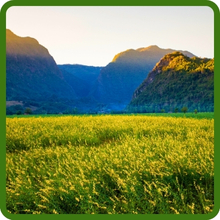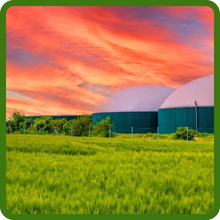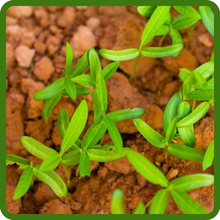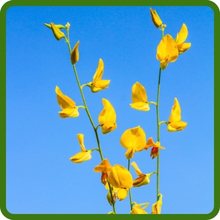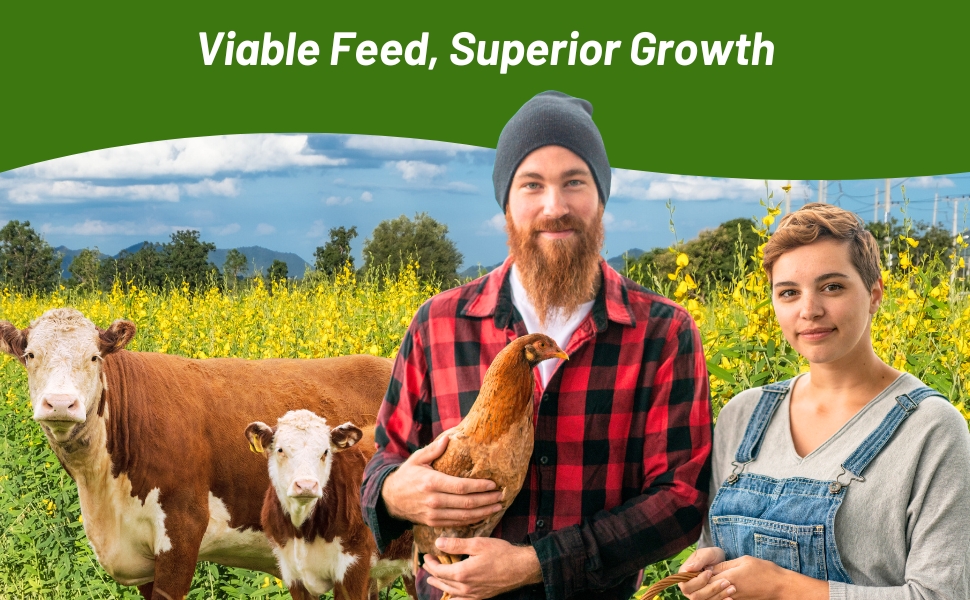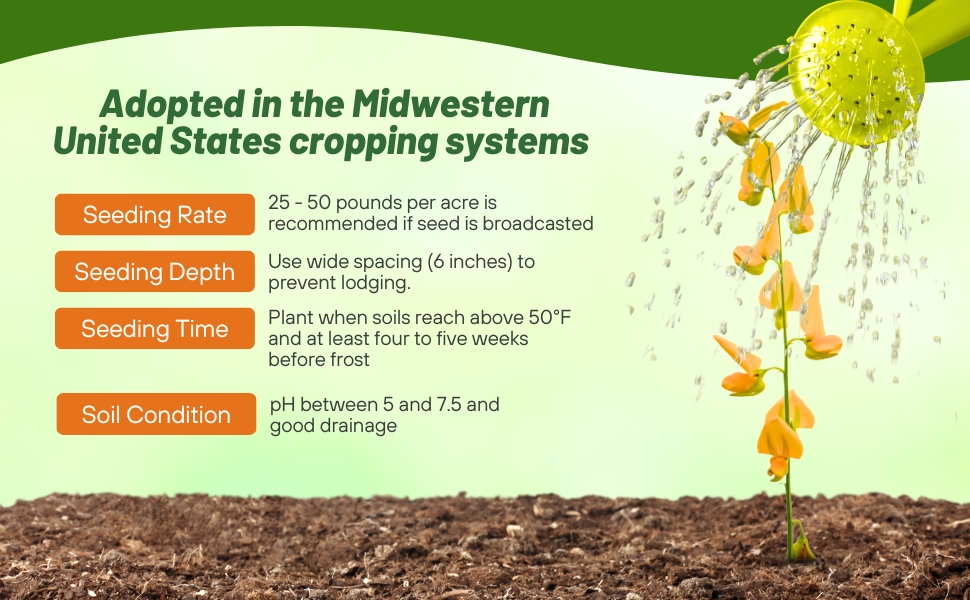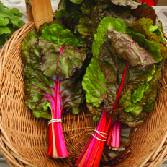Specifications:
Season: Annual
Height: 36 - 108 inches
Environment: Full sun
USDA Zones: 8 - 11

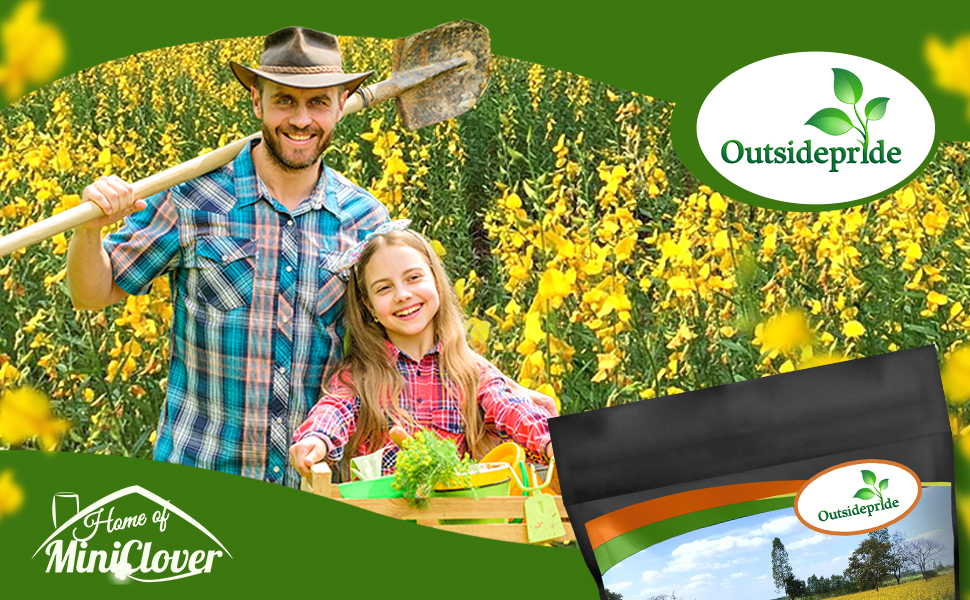
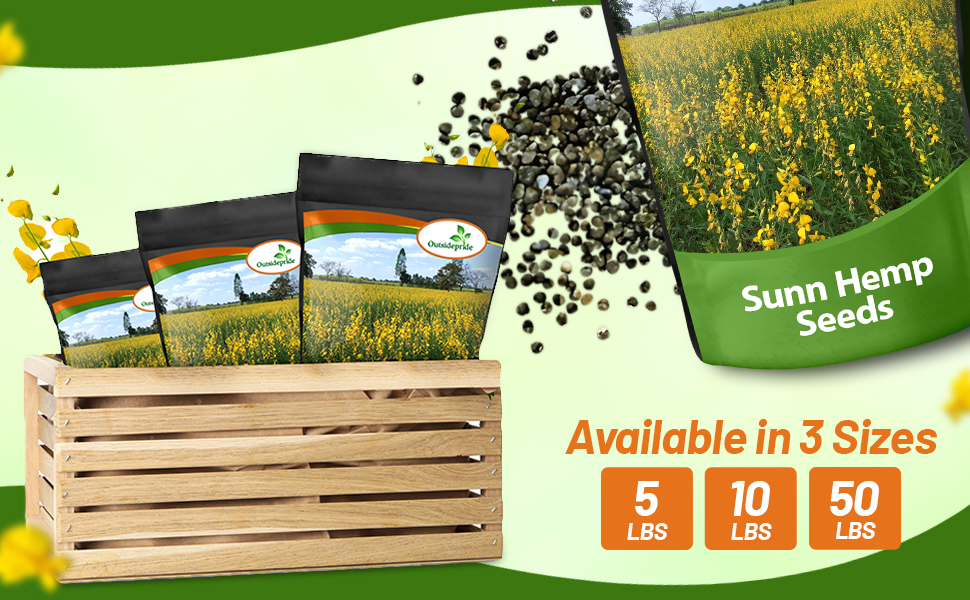
Sunn hemp is a powerhouse for soil improvement, thriving in various conditions and fixing nitrogen to boost soil health. Ideal for hemp seeds for growing, cover crop seed mix, and ground cover seeds, sunn hemp adapts well to hot summers and various soil types, producing impressive growth and improving soil fertility.
Boost your biomass production with sunn hemp! This legume not only enriches your soil with nitrogen but also creates dense biomass, ideal for cover crop seeds and hemp seeds for growing. Its rapid growth make it perfect for erosion control. Sunn hemp thrives in diverse soil and environmental conditions, ensuring lush, productive growth throughout the season.
Revitalize your soil with sunn hemp, a nitrogen-fixing legume that enhances soil fertility. Perfect for cover crop seed mix, sunn hemp thrives in hot, dry conditions and improves soil health. With its deep root systems and nitrogen fixation, it’s an essential addition for sustainable farming and soil improvement.
Experience the power of sunn hemp's deep-yellow flowers, producing over 15,000 tiny seeds per pound! Ideal for cover crop seeds and ground cover seeds, sunn hemp enriches soil and thrives in various conditions. It has been utilized as a green manure, livestock feed and as a non-wood fiber crop.
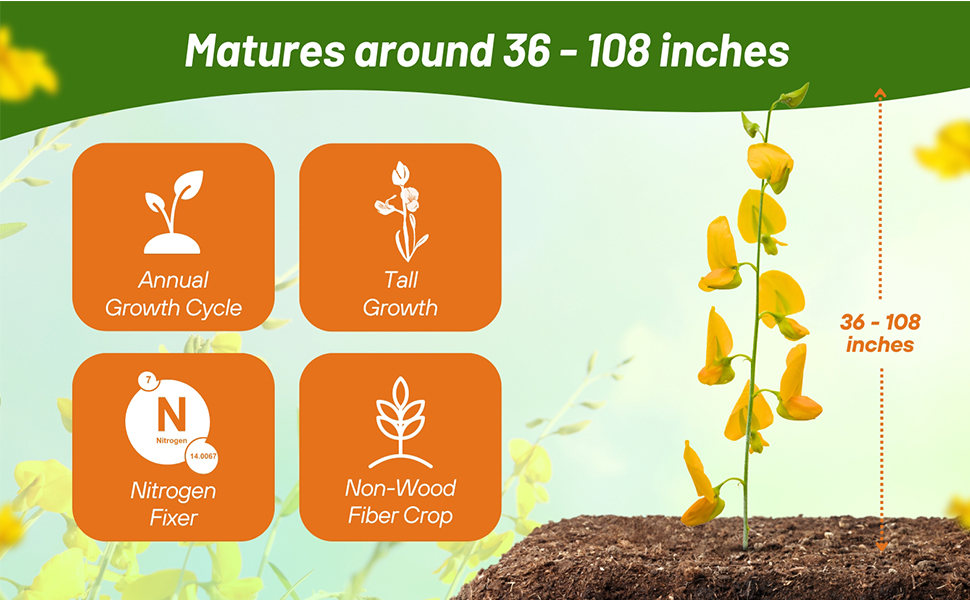
With an annual growth cycle, this non-wood fiber cover crop reaches impressive heights of 36-108 inches, perfect for hemp seeds for growing and cover crop seed mix. Known for its tall growth, it excels as a nitrogen fixer, enriching the soil by pulling atmospheric nitrogen. Because plants can reach 3 to 9 feet in height, wide spacing between rows (6 inches is recommended) may make plants susceptible to lodging. With adequate moisture, temperature and fertility, researchers have recorded a growth rate of 1 foot per week.
Sunn Hemp is a legume commonly used as a cover crop for southern and sub-tropical and tropical farming systems. It has recently been more adopted in the Midwestern United States cropping systems. It is easy to grow and amazingly productive. Recent on-farm grazing trials have yielded an abundance of information on using this crop for grazing.
Plant Sunn Hemps when soils reach above 50°F and at least four to five weeks before frost. Plants will be killed when temperatures dip below 28°F. Optimal soil conditions include a pH between 5 and 7.5 and good drainage. For forage production, a seeding rate of 25 - 50 pounds per acre is recommended if seed is broadcasted. Seeds should be drilled at ½-inch depth for best germination.
Sunn hemp (Crotalaria juncea L.) - is a legume commonly used as a cover crop for southern and sub-tropical and tropical farming systems. It has recently been more adopted in the Midwestern United States cropping systems. Sunn hemp has high rates of biomass production — over 20 percent greater than crimson clover and hairy vetch in research trials. In as little as 60 to 90 days it can produce 120 pounds of nitrogen per acre and can suppress weeds up to 90 percent.
Sunn Hemp is adapted to a wide variety of soil and environmental conditions, thriving through hot, dry summers and continuing to grow until the first frost. But sunn hemp isn’t just a soil builder — it also offers benefits as a forage producer. Sunn hemp is easy to grow and amazingly productive.
Because plants can reach 3 to 9 feet in height, wide spacing between rows (6 inches is recommended) may make plants susceptible to lodging. With adequate moisture, temperature and fertility, researchers have recorded a growth rate of 1 foot per week. Plants can return to or exceed this growth rate if slowed by temporary drought.


